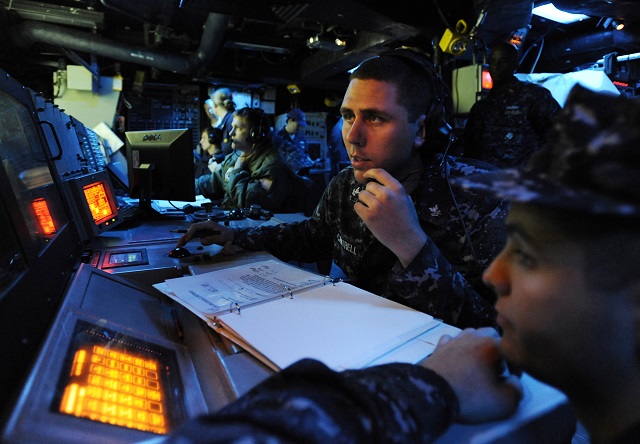 U.S. Navy picture |
|||
“For
the Navy, every platform is a sensor, and every sensor must be networked,”
said Dr. Rob Smith, vice president of C4ISR for Lockheed Martin Information
Systems and Global Solutions. “We’ll leverage our more than
30 years developing and fielding signals intelligence systems to increase
the Navy’s intelligence sharing capability across the full spectrum
of maritime and littoral missions.” Lockheed Martin co-developed the Navy’s Distributed Information Operations-System, which addresses the Navy’s need for network-centric intelligence to improve interoperability and enhance battlespace awareness. For that effort, Lockheed Martin connected disparate Navy signals intelligence systems facilitating tactical data exchange and allowing commanders to better understand their operational environment. Building upon those capabilities, Lockheed Martin will to continue to enhance the Navy’s signals intelligence collection, data fusion, and intelligence processing and dissemination capabilities. This could involve integrating and deploying capabilities that monitor the status of all sensors registered in the network; then displaying the input from those sensors in support of real-time planning. Network integration of sensors will be designed to accomplish cross-cueing, cooperative sensing and, where feasible and prudent, automated target recognition or classification. The workscope for this contract also includes analyzing ways to enhance the Navy’s use of Unmanned Aerial Vehicles (UAVs) for surface combatant land attacks. |
|||
Lockheed Martin Wins Contract to Enhance U.S. Navy C4ISR Collection & Dissemination Capabilities
- Posted On










